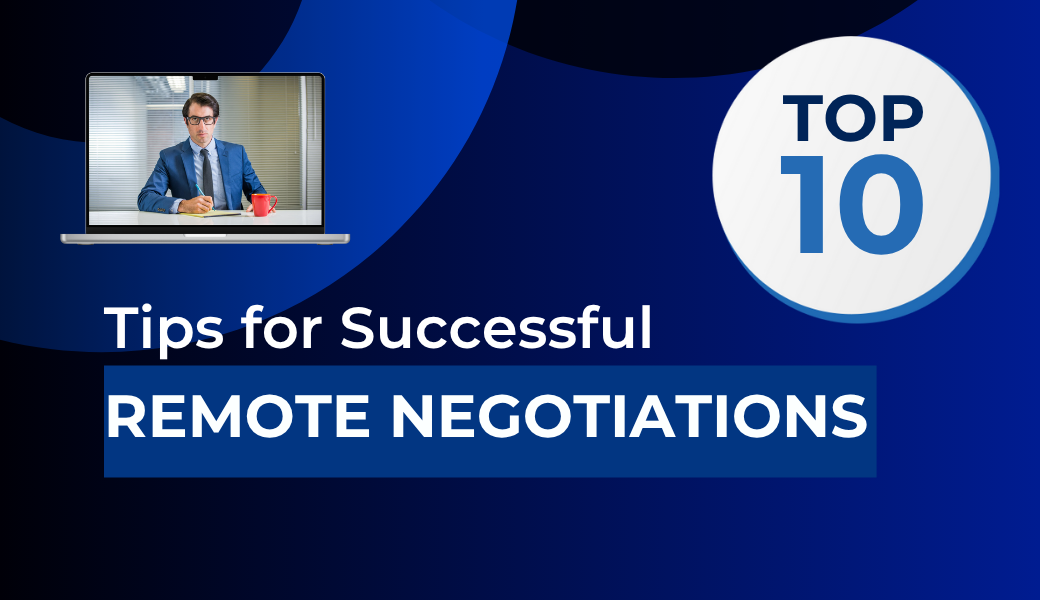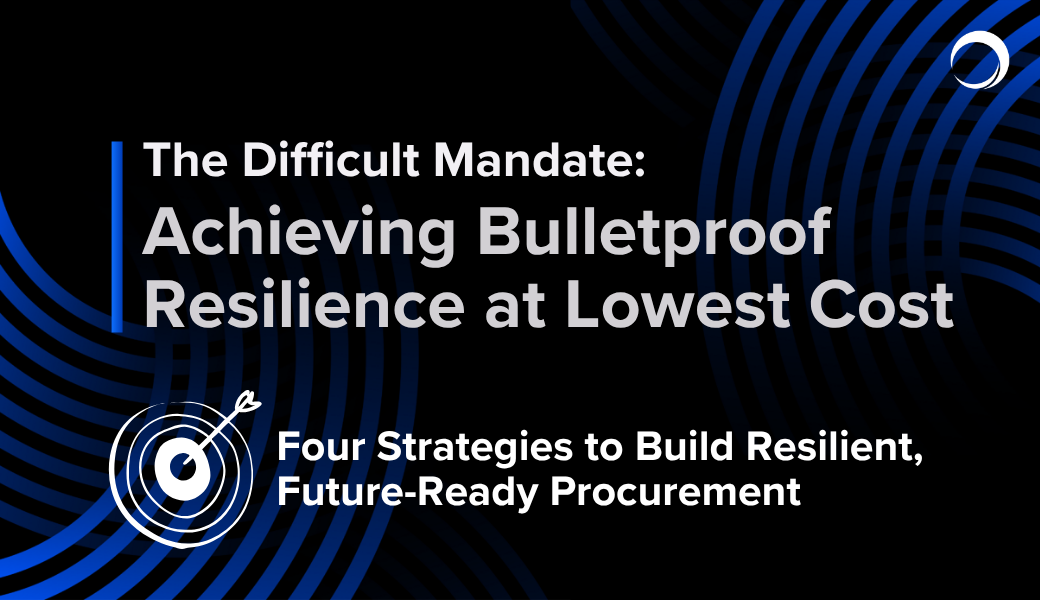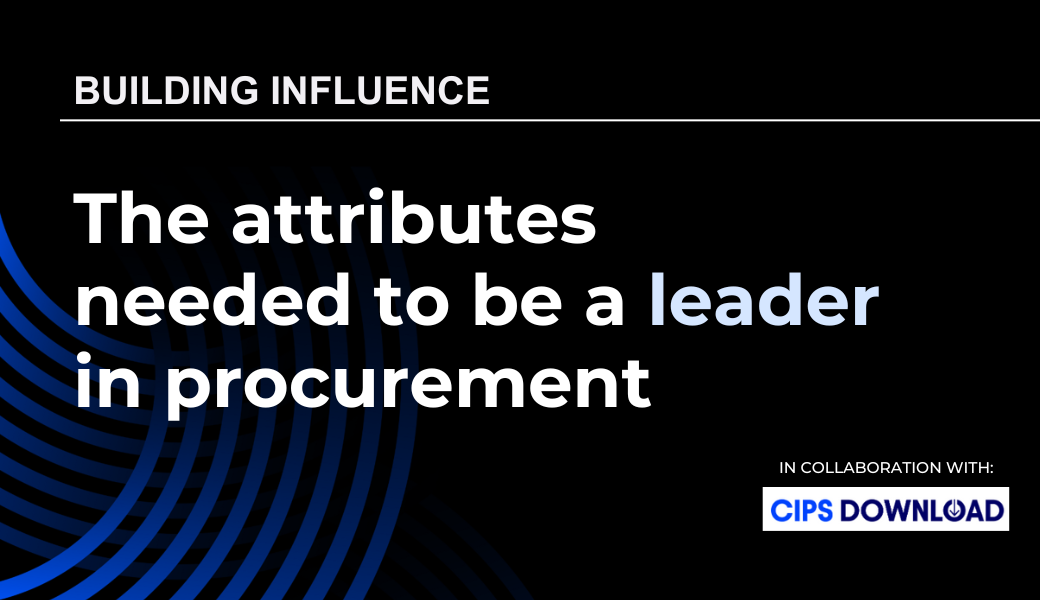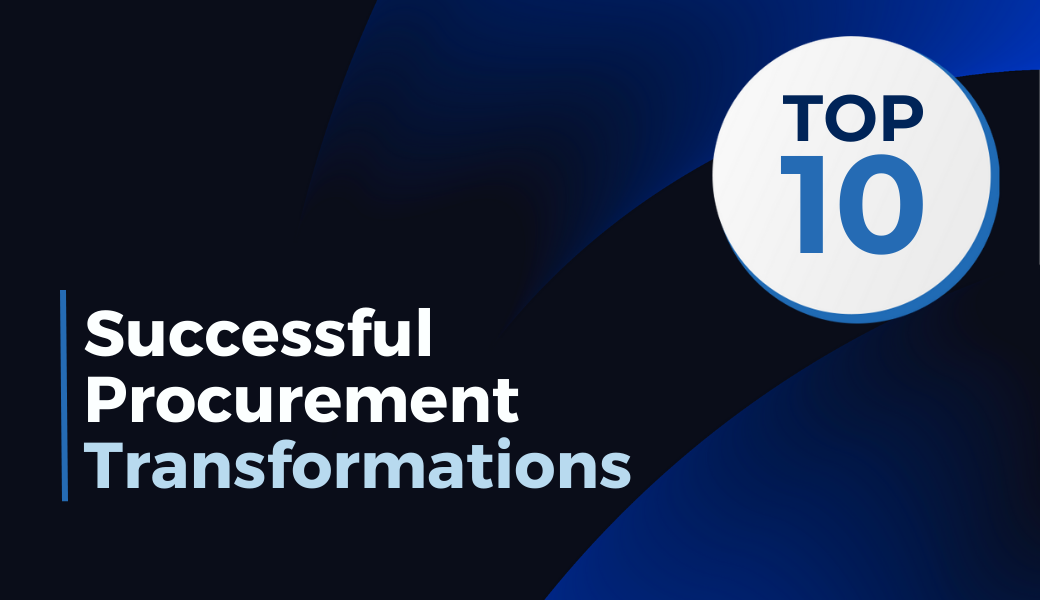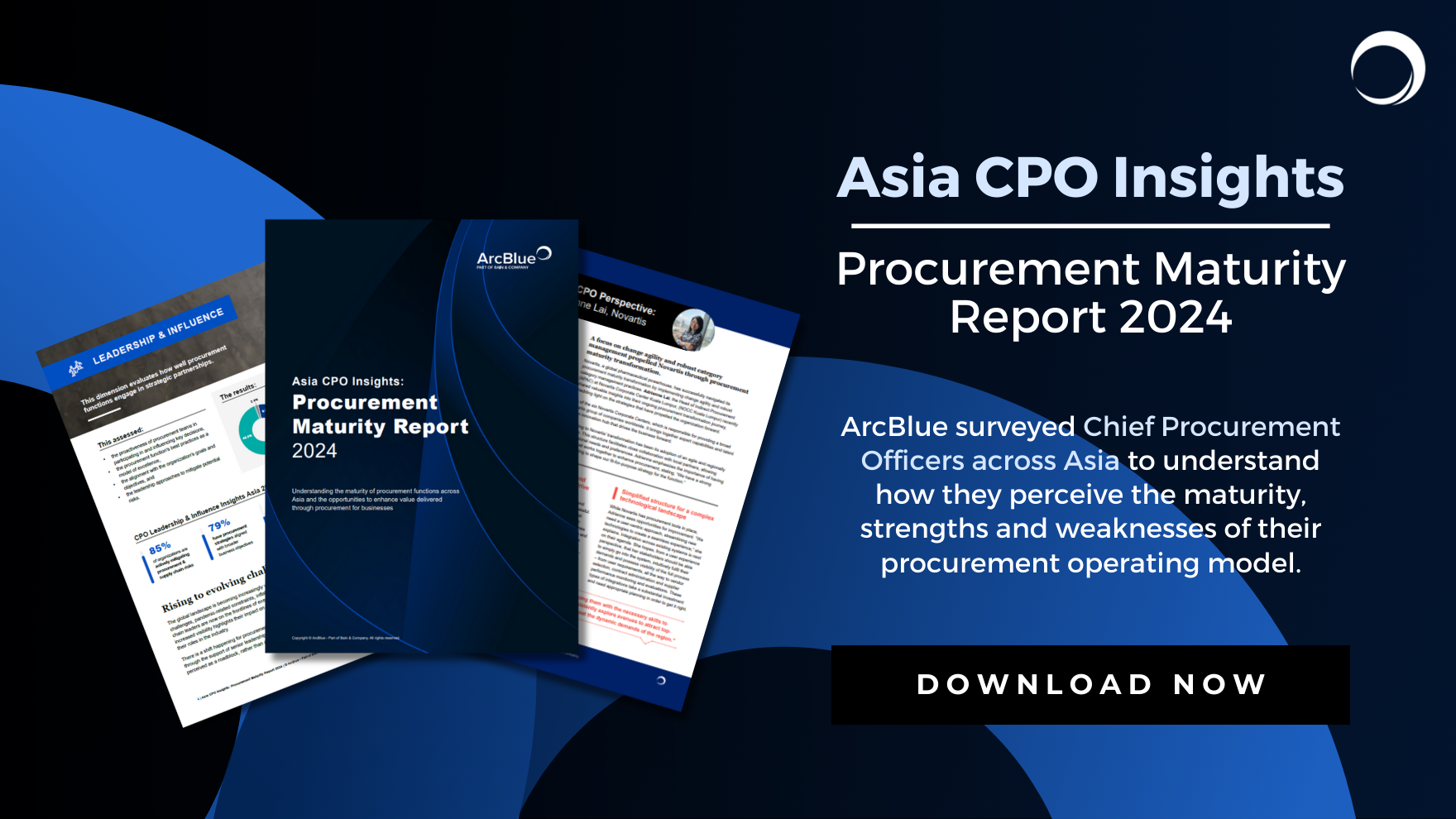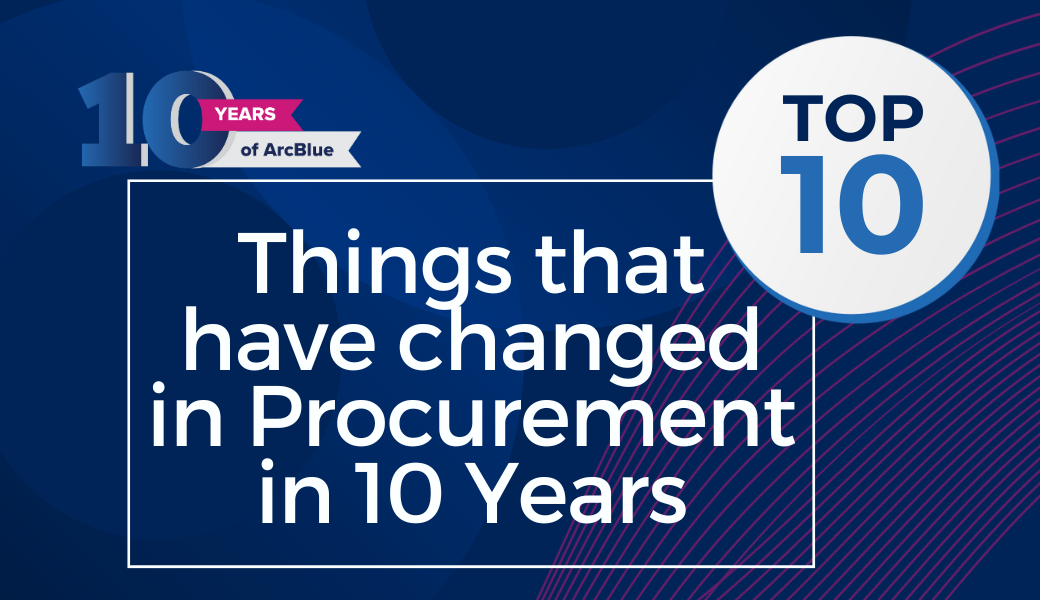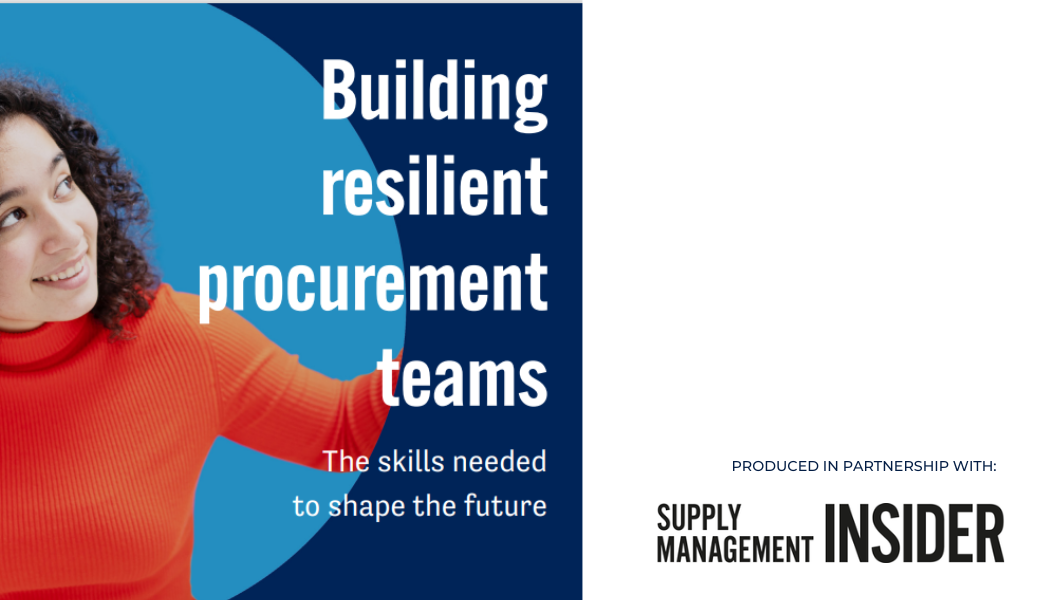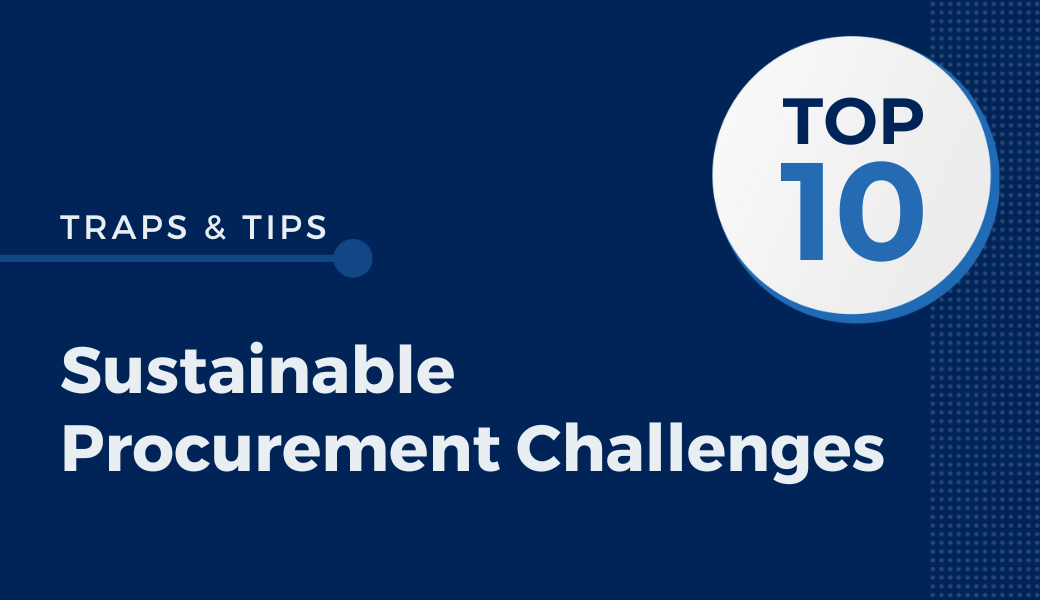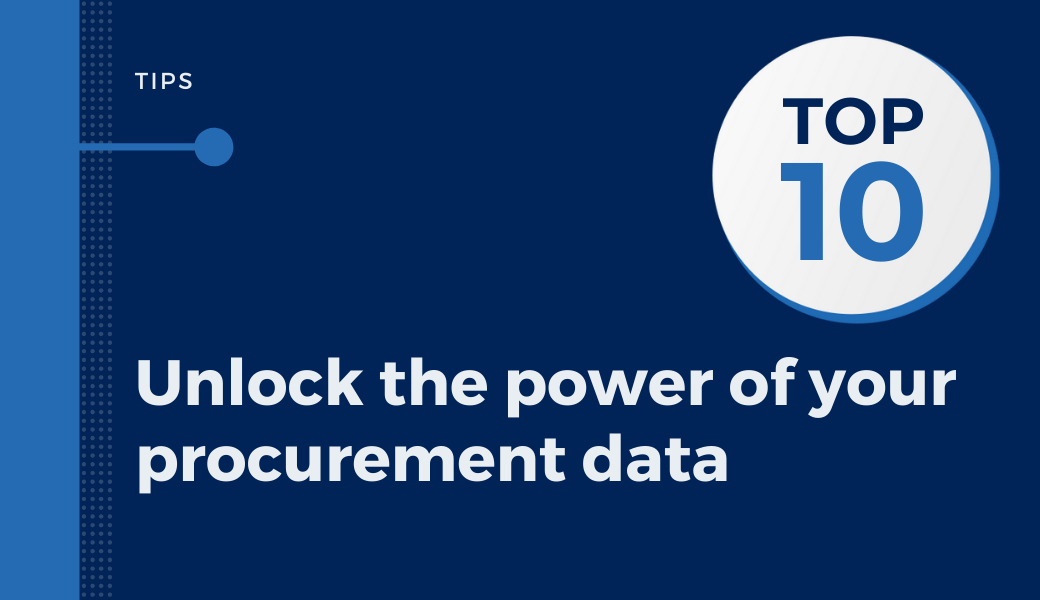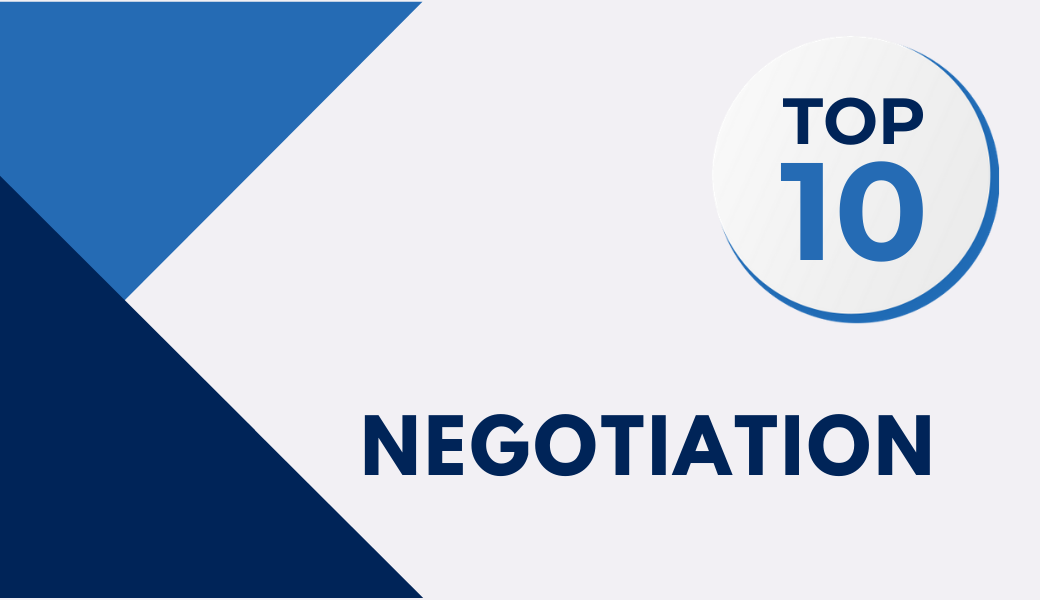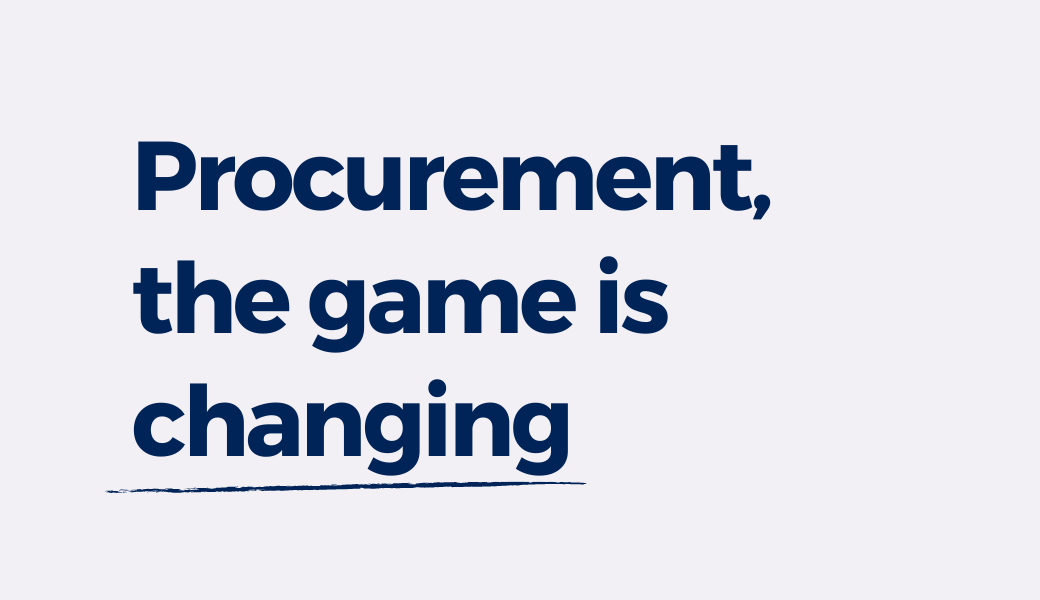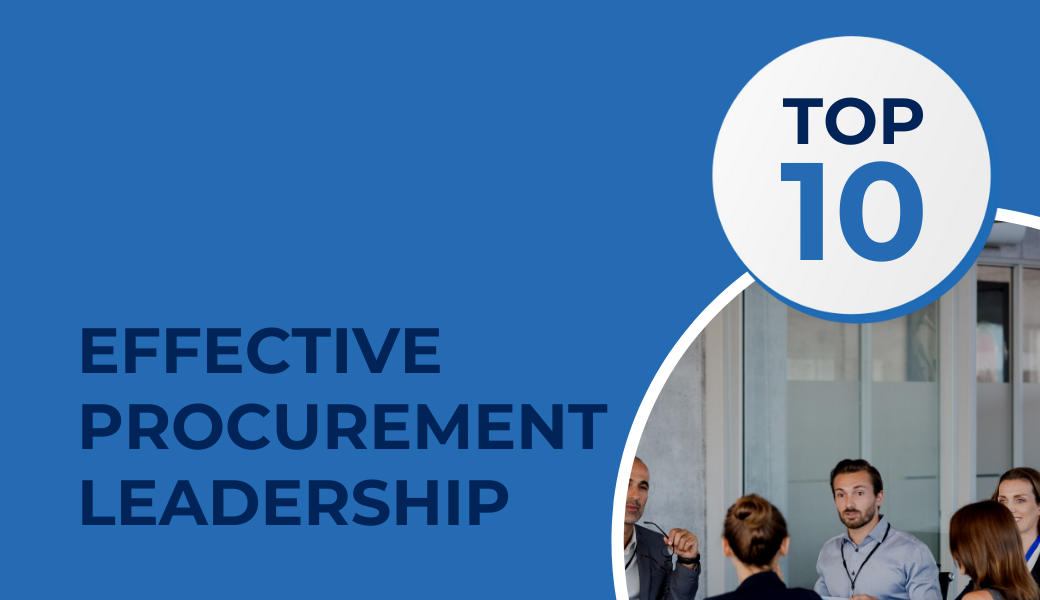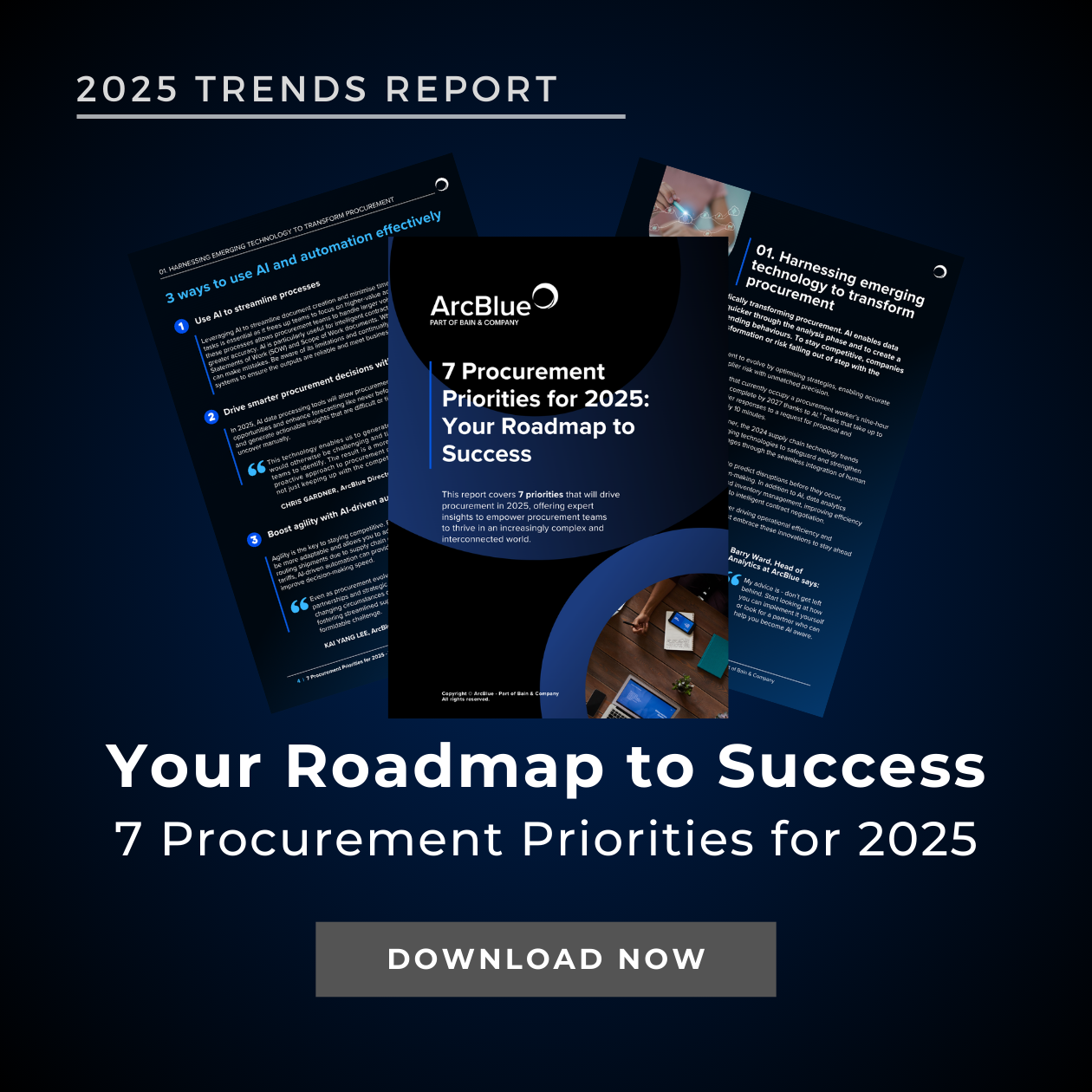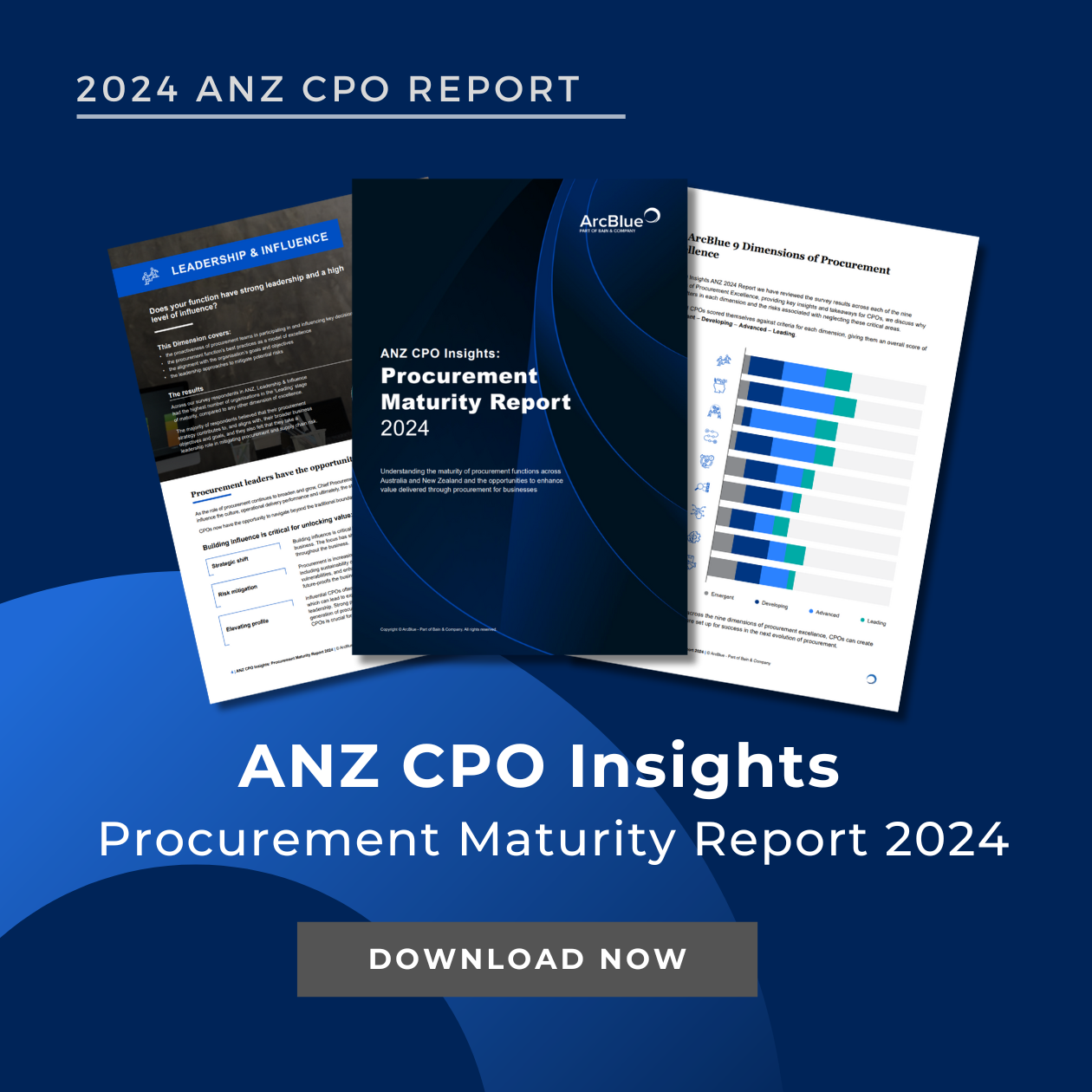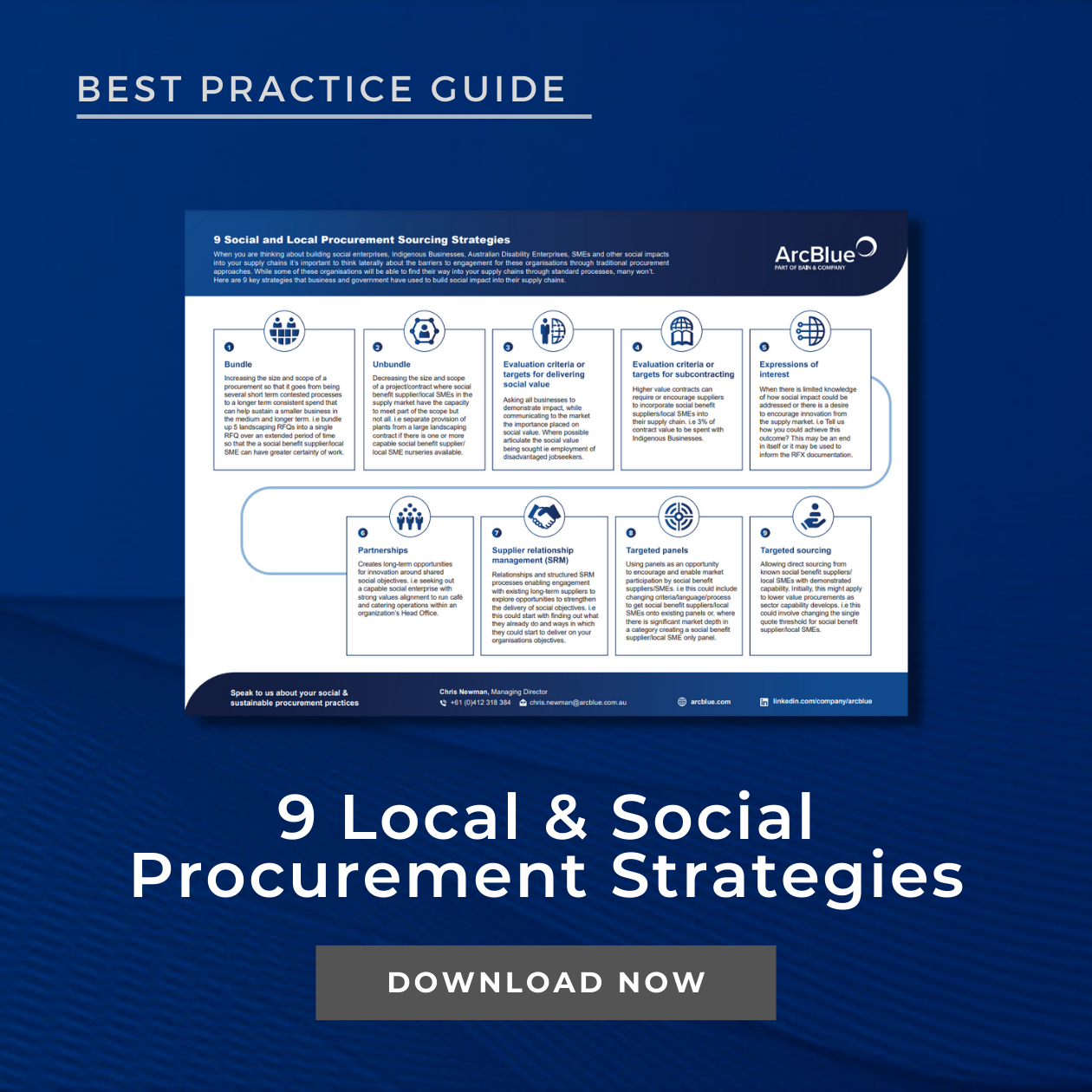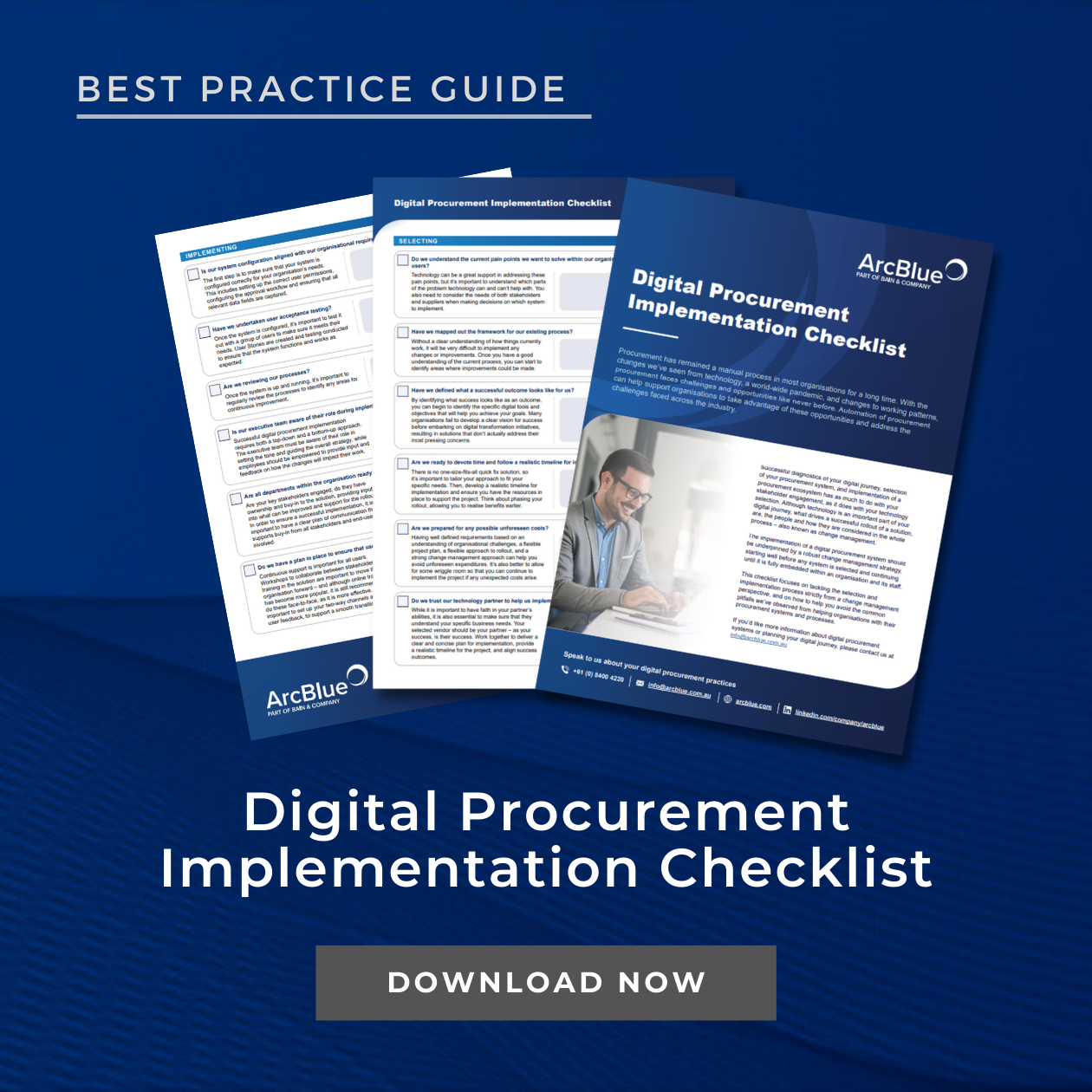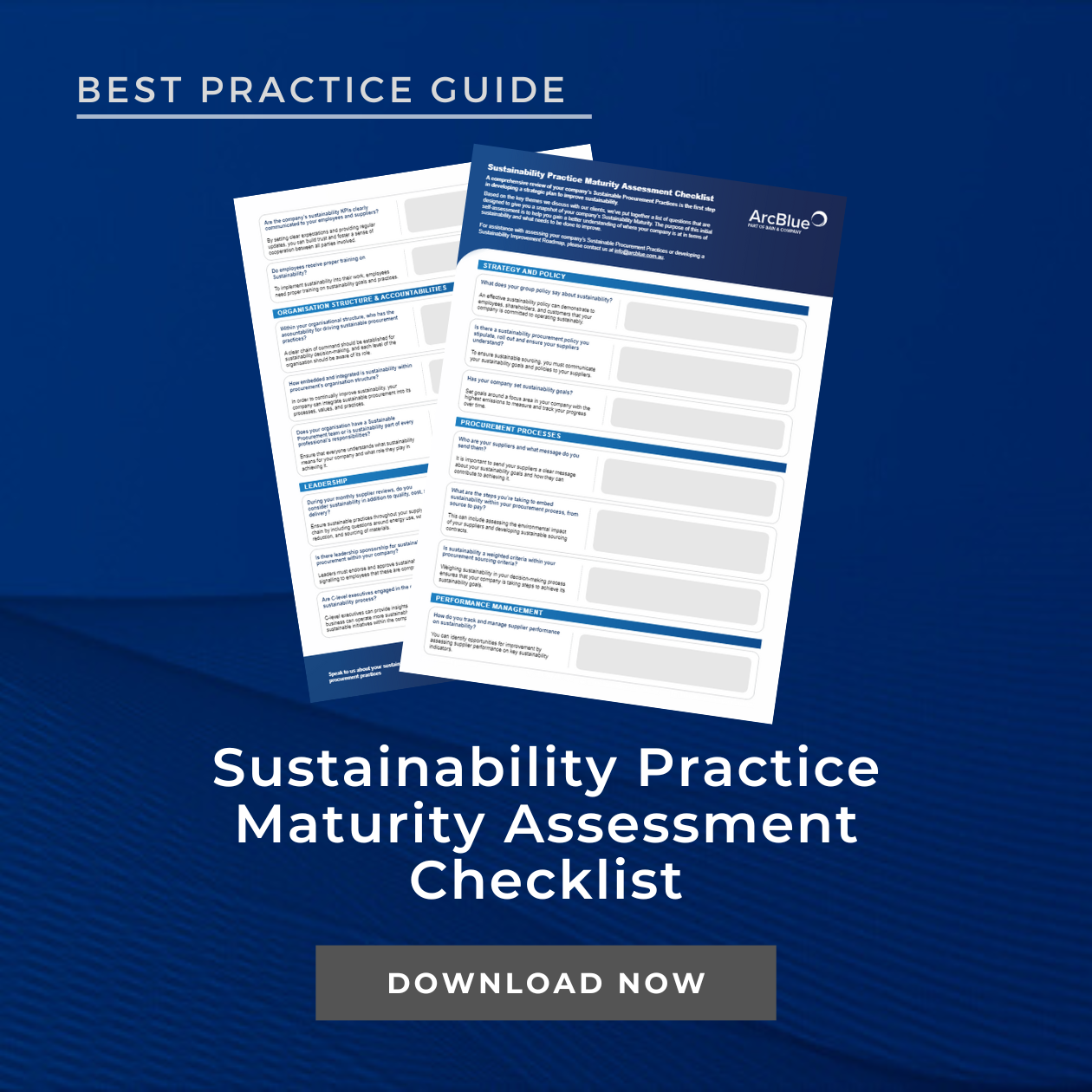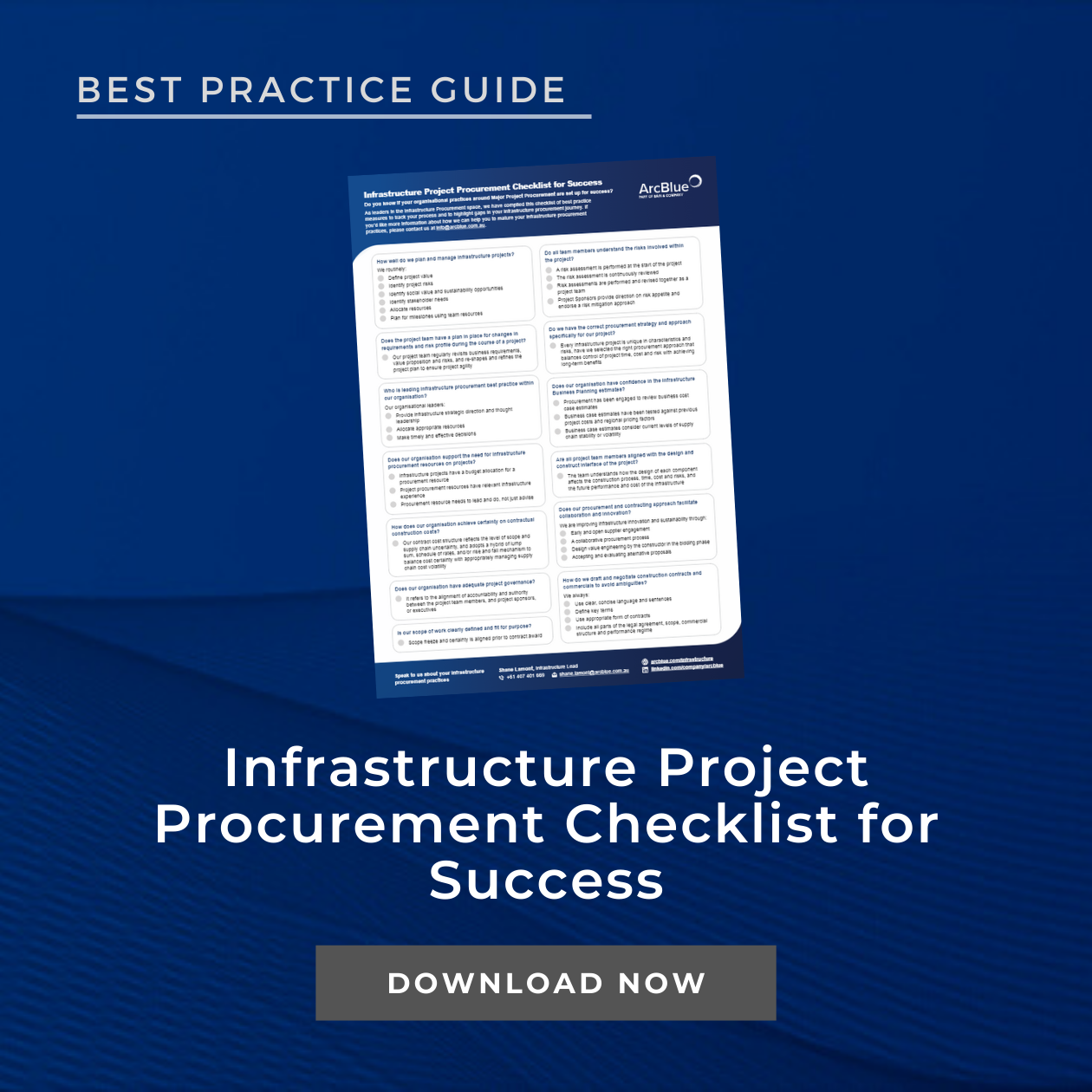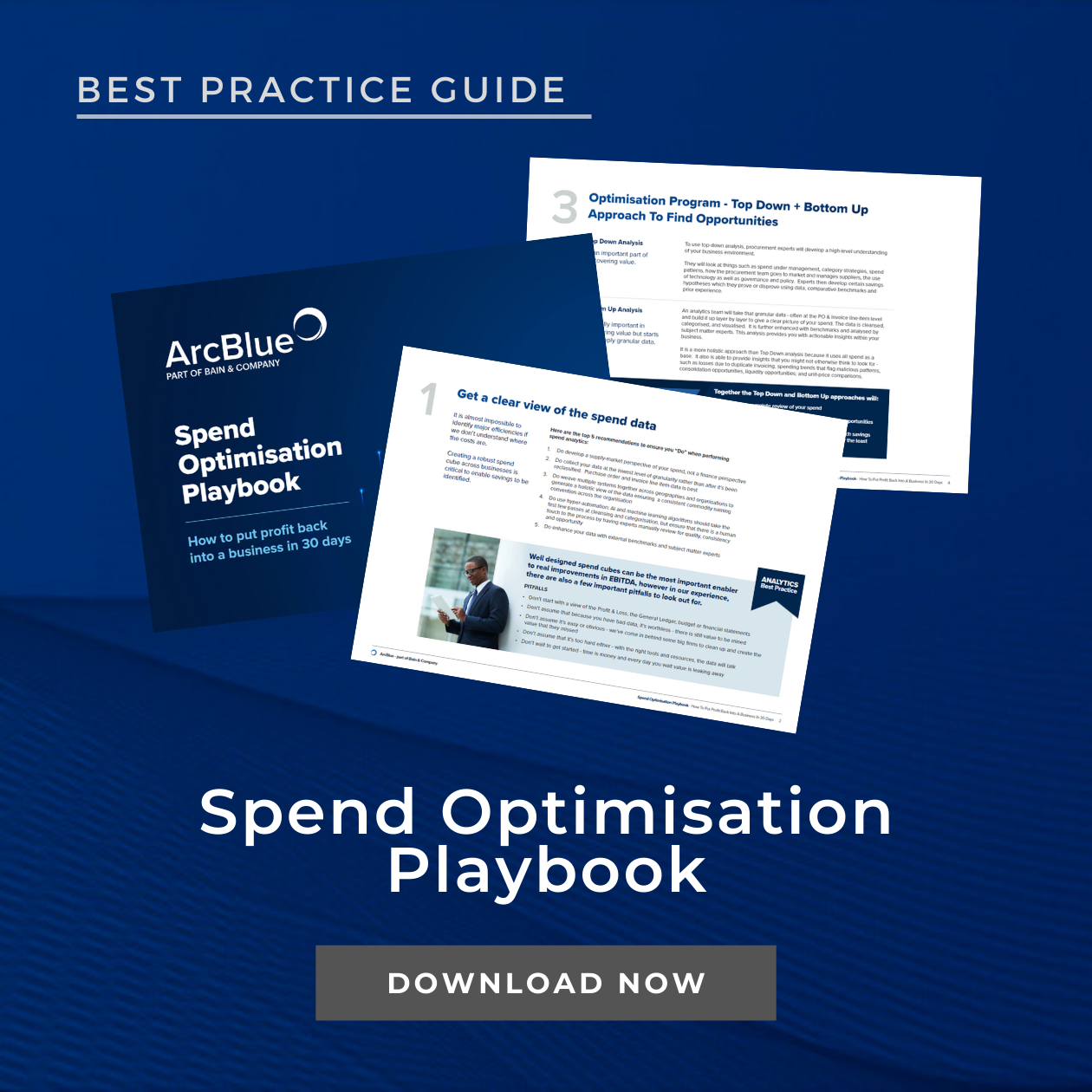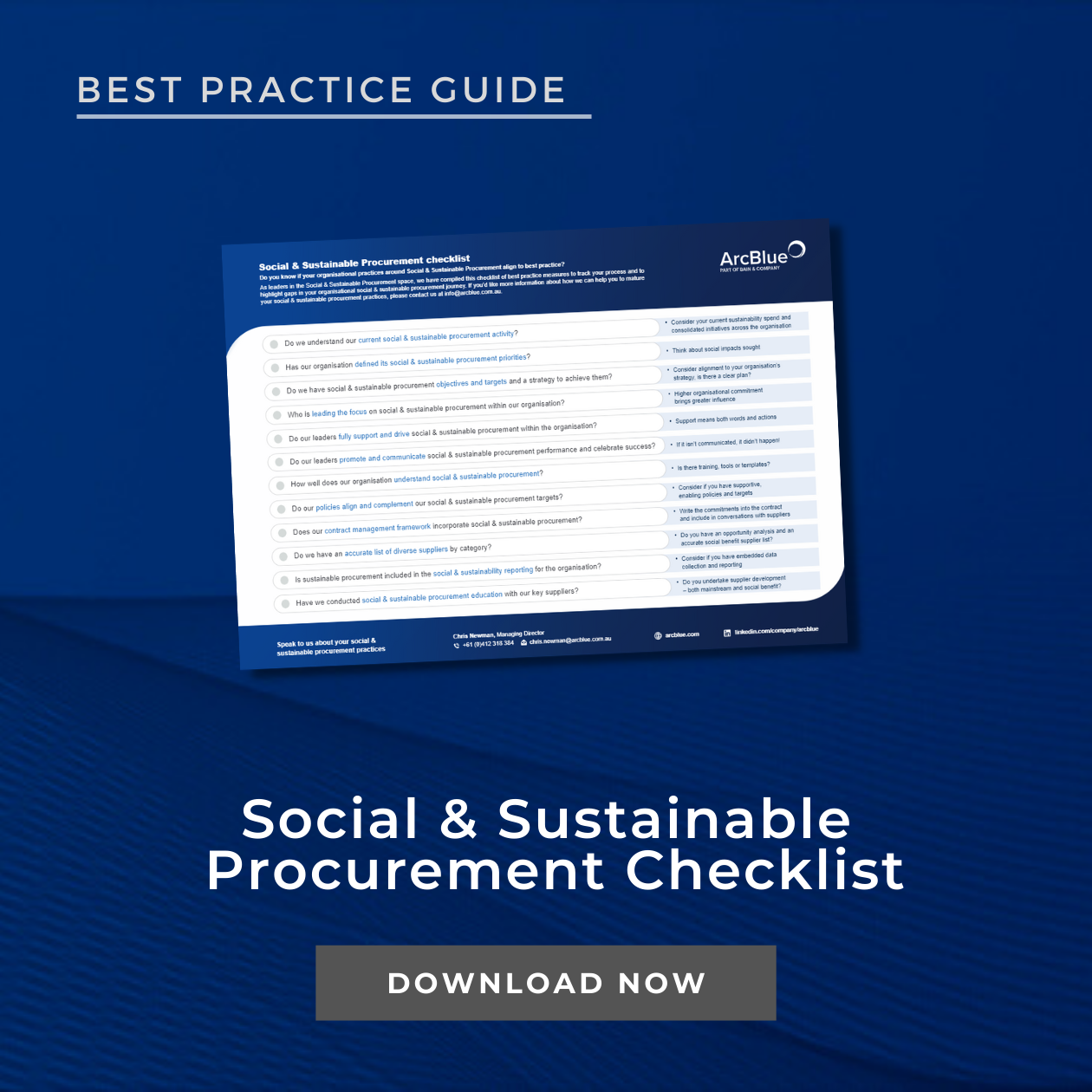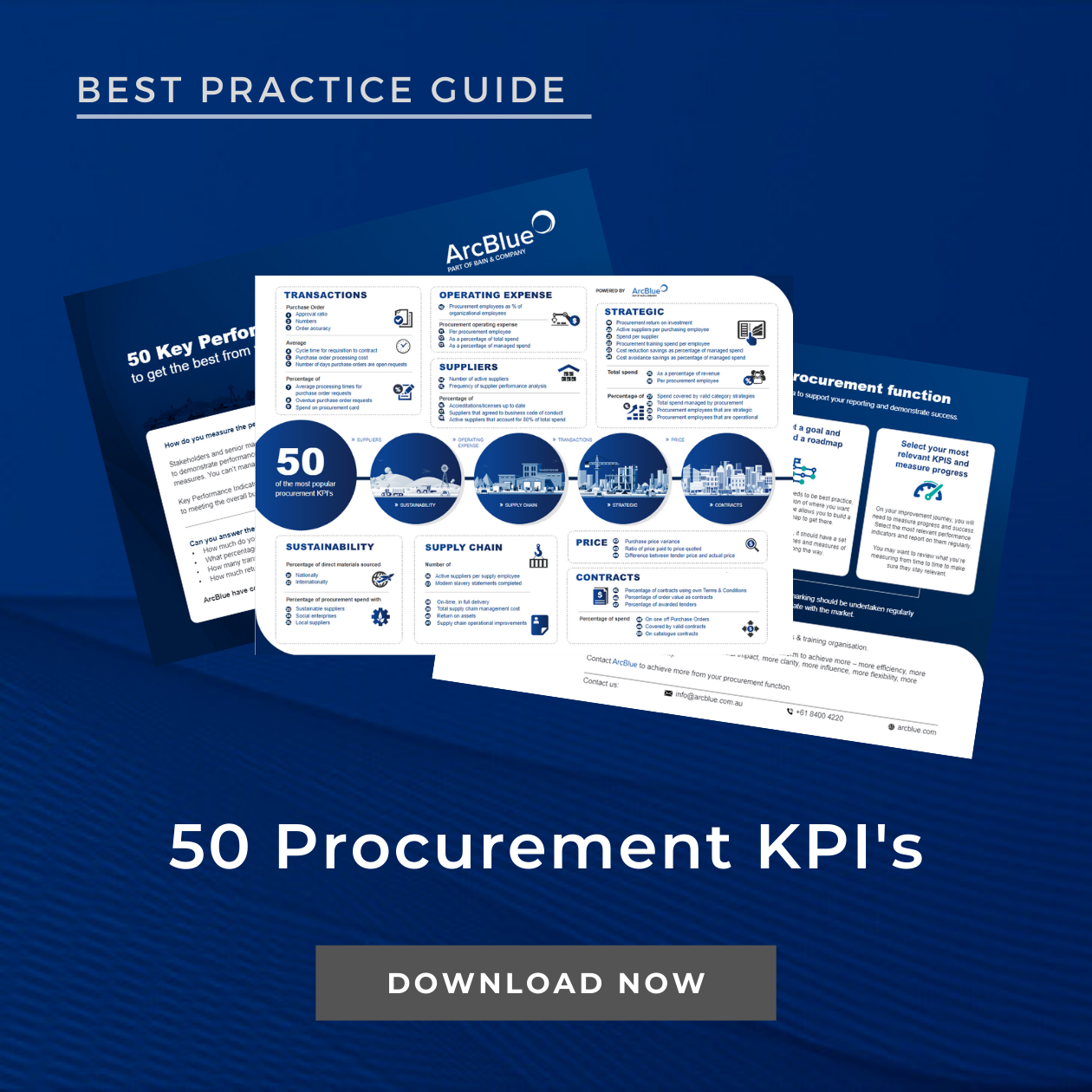- TOP 10 LIST
TOP 10:
Tips for Negotiating the Best Possible Deal
with your Suppliers
September 2019
In leading organisations, the procurement team are seen as the ‘centre of excellence’ for commercial negotiation. Teams with the right training and capability are enabling significant cost savings and increasing value across the supply base.
Excellent negotiation skills are a core competency of today’s procurement professionals. Here are Top 10 tips for negotiating the best possible deals with your suppliers.
1 Plan and prepare
It is critical to consider your strategy, and how you might execute and use the data collected in your preparation phase. Also, consider YOU, how you want to come across in the negotiation. What does your impact need to be with this particular supplier? What impression do you want to leave them with? Once you have answered those questions ensure your body language and intonation supports any messages you are communicating.
2 Identify the key issues
Identify your key issues and ensure you set objectives across a range from IDEAL – REALISTIC – WALK AWAY. Ensure you set your targets high but ensure you stay credible. Having a range of targets helps to keep your foot on the accelerator and push for a better deal.
3 Condition
Remember Pavlov and his dogs? The dogs would salivate simply by the ring of a bell as they were conditioned to expect food. In negotiations, conditioning is a method we should adopt in order to manage the other party’s expectations positively towards us. The conditioning statement should be made within the first few minutes of a negotiation. The message should also be used as your bottom line throughout the meeting. If you hear something often enough you will believe it to be true!
4 Be emotionally intelligent
Whilst we need to flex and adjust our approach to appeal to whomever we are negotiating with, we also need to upskill our EQ for every negotiation. Being emotionally intelligent helps us to read the other party, understand the other party and maintain emphasis on the relationship without compromising our own position.
5 Stay 100% present
Active listening is no longer enough in tough negotiations. We need to be in a position where we are 100% at the moment in order to listen to the signals of movement. If negotiating in teams, try to have an observer – someone to tune into the subtle signals.
6 King of questions
We must never underestimate the power of great open questions. Intellectually we all understand this concept but the application is often very different. Closed questions seem to come easier and therefore we fail to get the information we are looking for. Good Questions such as “What else can you do for me? or “under what circumstances could you offer a further discount?” have more chance of getting the supplier moving.
7 QLS
Maintain control without dropping the atmosphere to being cold on the other party. In order to regain control and maintain warmth use the following structure. Q – Ask a question, L – Listen to their response, S – Summarise and clarify. You are now in a position to ask the next question and stay firmly in control.
8 Take before you give
The phrasing we use when we move is critically important. Using the phrase “IF YOU…….THEN I” helps keep the momentum in our favour. Take first and you secure the movement. E.g. “If you reduce your prices by a further 2%, we can agree to 90-day payment terms”. The other party listens, absorbs and knows what they have to do in order to get the payment terms they desire.
9 Summarise, summarise, summarise
Summaries add incredible value and are a necessary part of every negotiator’s toolkit. Summaries are concise, contain facts and give clarity. Summaries ensure we stay on track, they help to control the negotiation, they give our lead negotiator time to think if we are assisting and they bring back any forgotten variables onto the table. TIP: NEVER give away a summary to the other party. Always take responsibility to summarise otherwise you open yourselves up for the ‘incorrect summary’ where the other party summarises in their favour.
10 Thank and bank plan
In order to secure even the smallest movement, ensure you thank the other party. This tactic guarantees you take ownership of the small movement and will now continue to build on that concession in order to secure a settlement closer to your objectives. For example, “Thank you for that, we are certainly beginning to move in the right direction, What else can you do for me?” Thanking motivates the other party to keep giving and also maintains a warm environment.
Negotiation is a life skill and we should always be learning and practising and sharing best practices within our teams.
For many years, our people have run leading-edge negotiation training workshops, helping teams to learn the theory and also practice what works (and what doesn’t!) in a safe environment. Through this experience, we find that negotiation is an art, not a science and would love to hear about your other tips for negotiating – please share!
At ArcBlue, we believe focused capability development will shape resilient procurement teams of the future. Assess & uplift skills with our Skills Assessments, our range of eLearning modules and our huge suite of specialised procurement & contract management Training Courses.
Speak to us about putting a tailored program in place to uplift the skills in your organisation.
INSIGHTS
RESOURCES & DOWNLOADS






